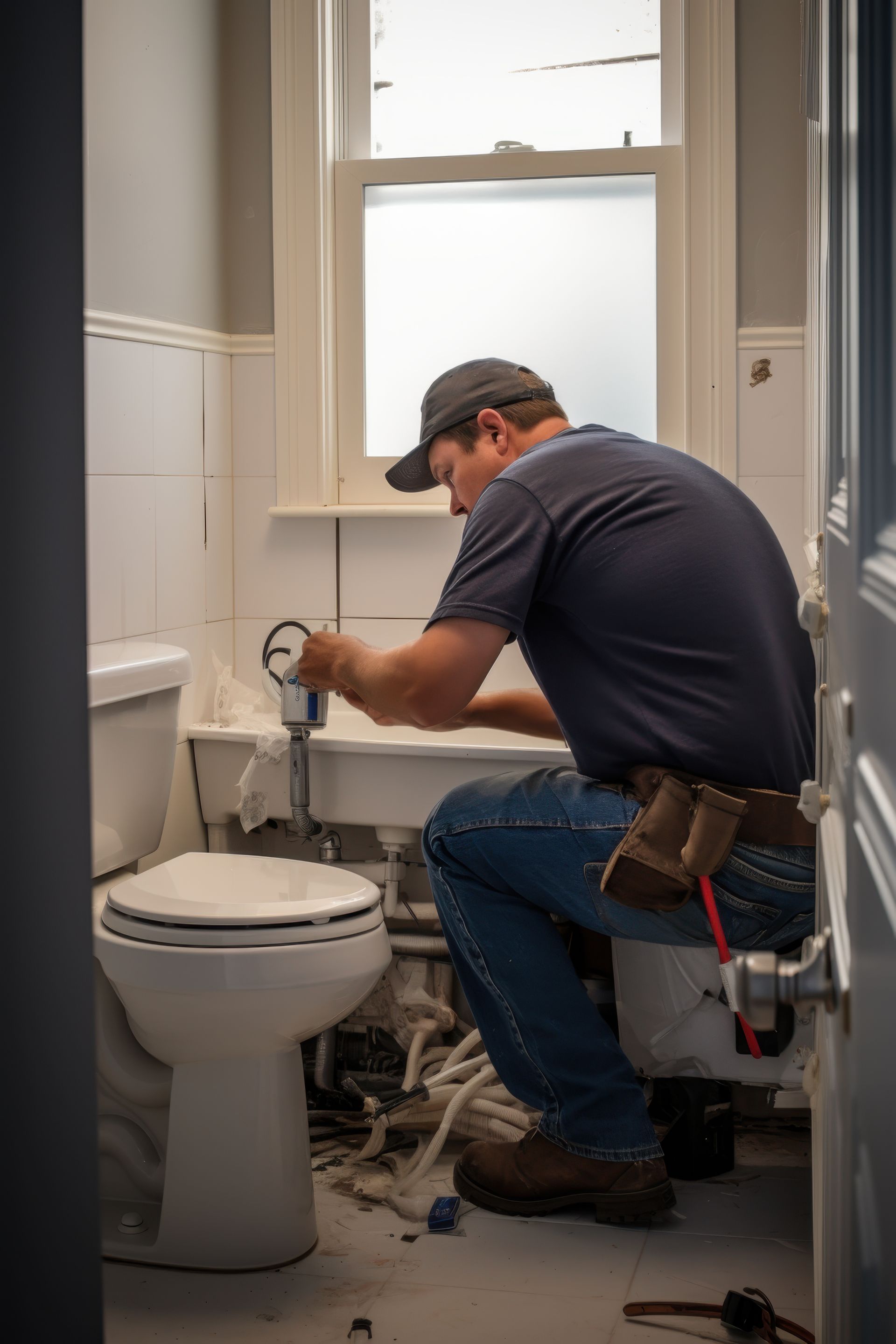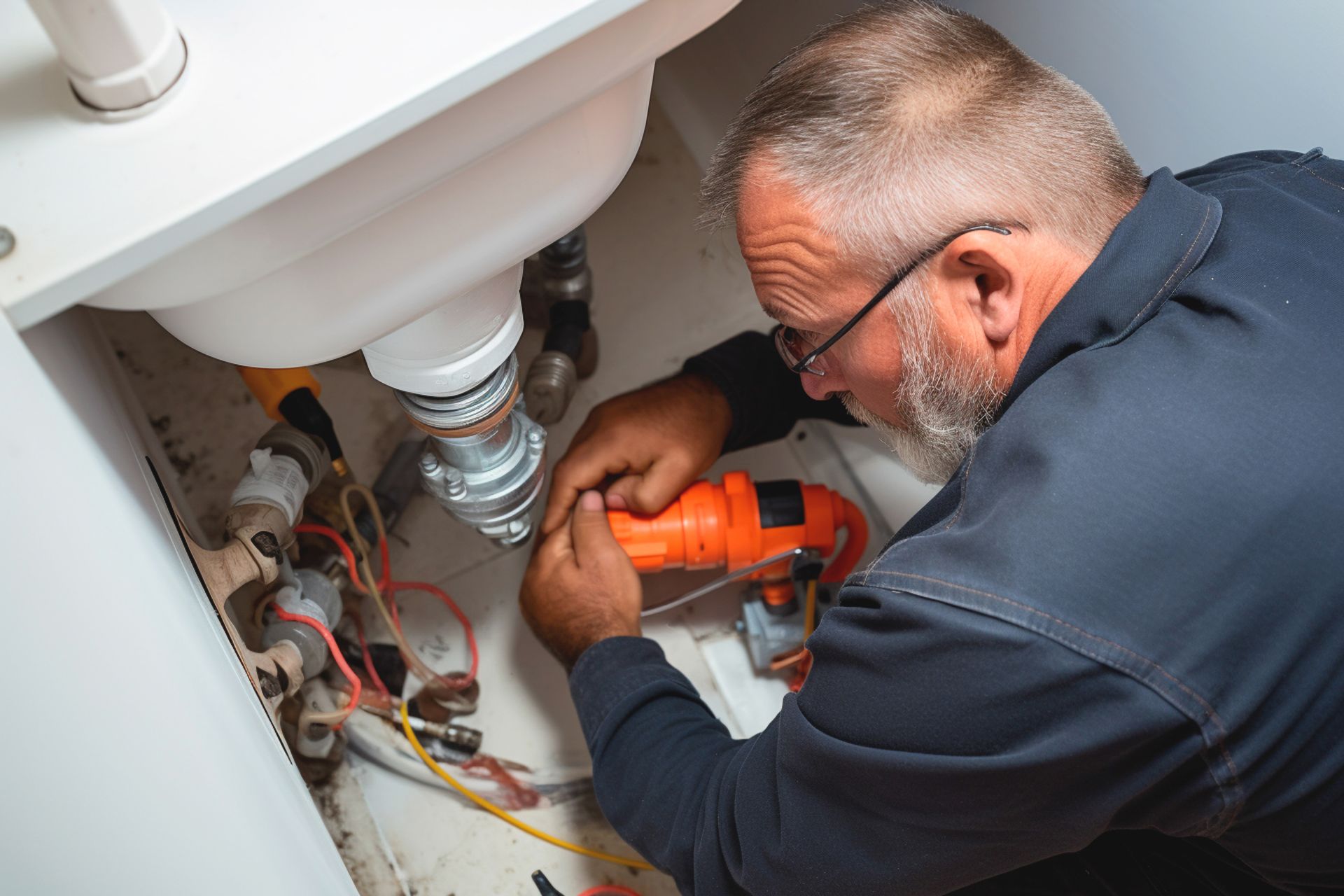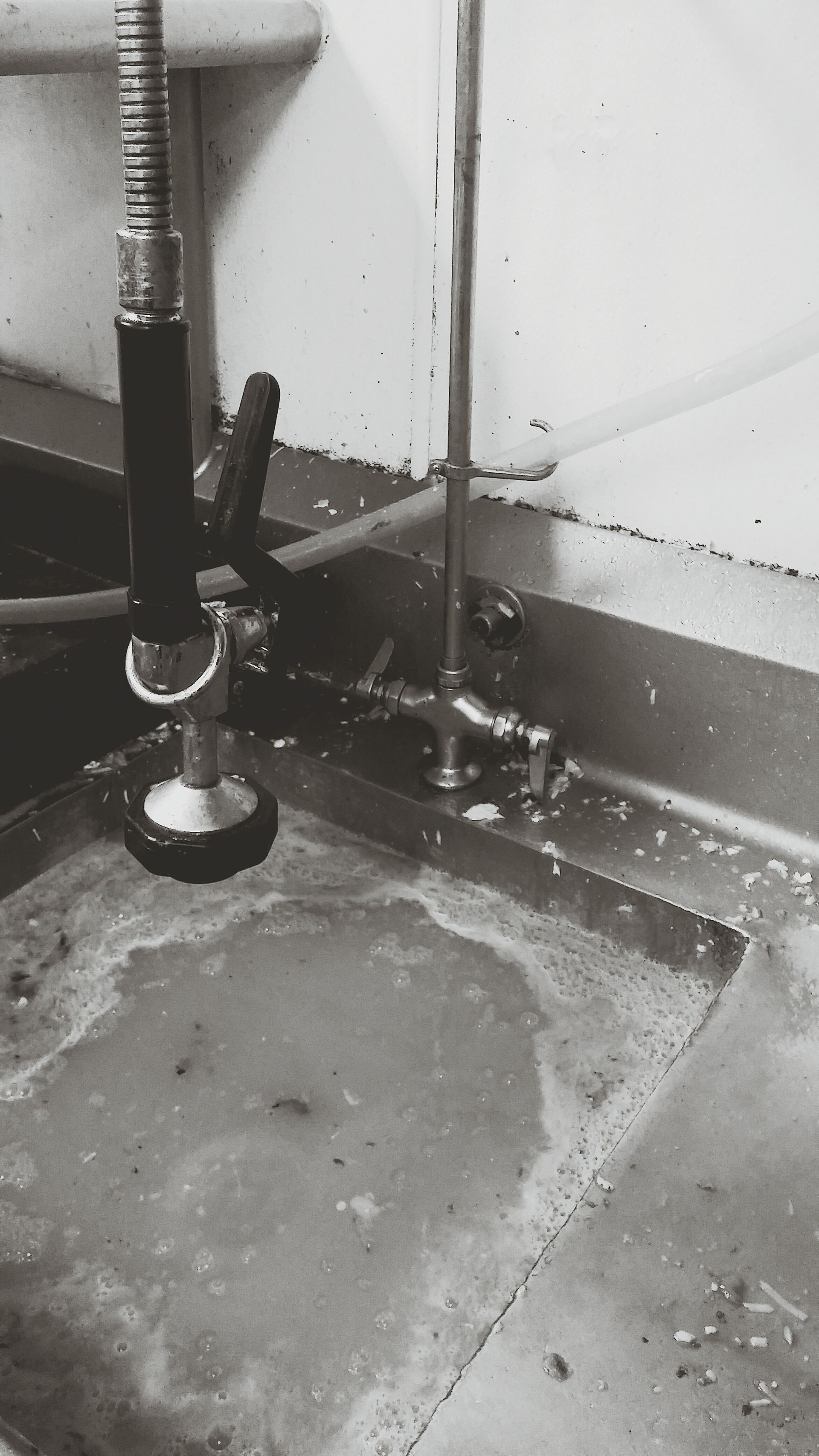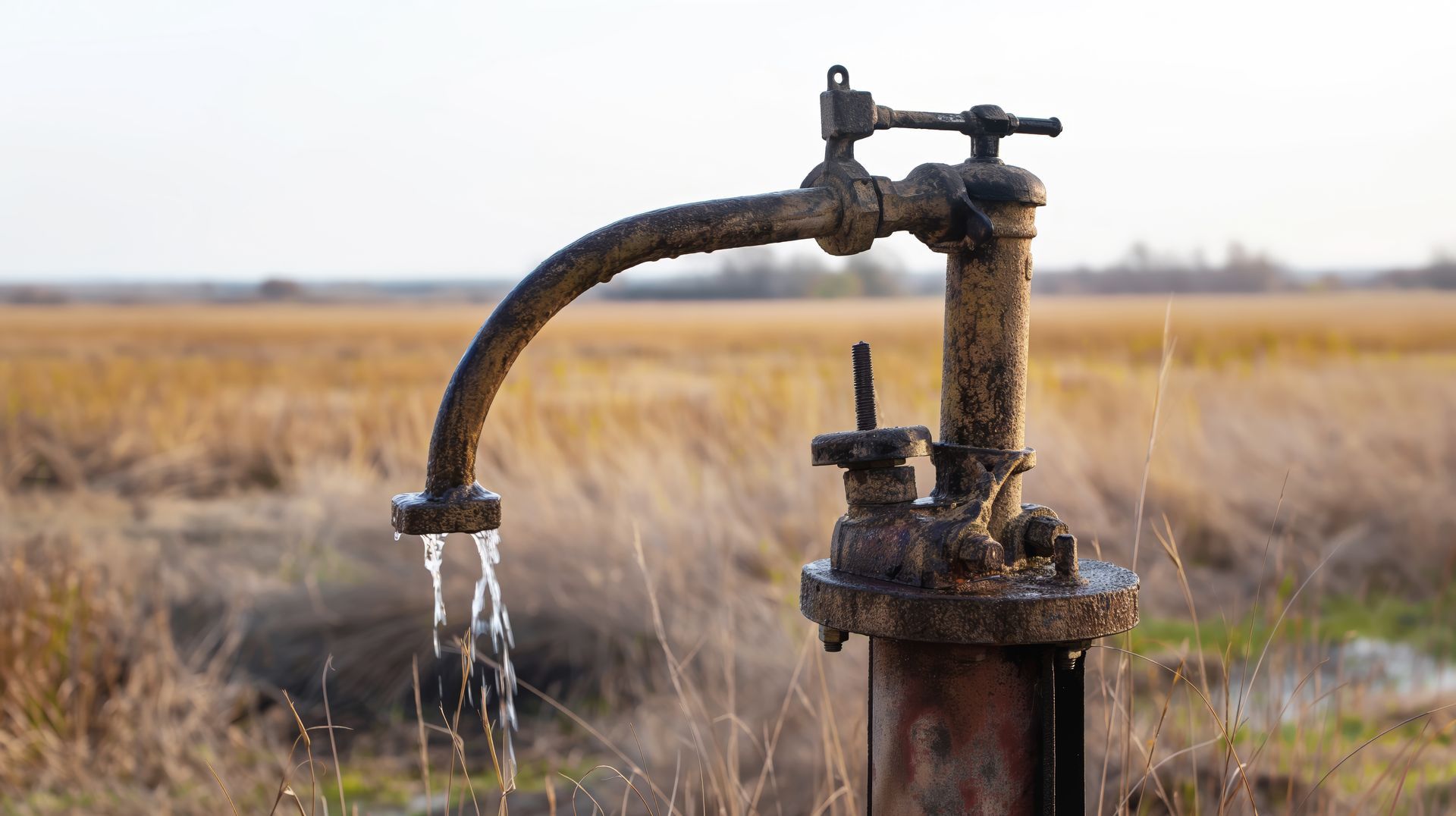How to Prevent Frozen Pipes This Winter: Essential Tips for Roanoke Homeowners
How to Prevent Frozen Pipes This Winter: Essential Tips for Roanoke Homeowners

Winter in Roanoke can bring chilly temperatures that pose a serious threat to your plumbing system—frozen pipes. When water inside pipes freezes, it expands, which can cause the pipes to crack or burst, leading to costly repairs and water damage. Fortunately, there are steps you can take to prevent this from happening and protect your home.
Here are essential tips from McKinley Plumbing to help Roanoke homeowners prevent frozen pipes and keep their plumbing system running smoothly all winter long.
1. Insulate Exposed Pipes
The most effective way to prevent frozen pipes is by ensuring that all exposed pipes are properly insulated. Pipes located in unheated areas like basements, attics, garages, and crawl spaces are especially vulnerable to freezing.
What to do:
Use foam pipe insulation or heat tape to insulate vulnerable pipes. Insulation helps retain heat and prevents the pipes from freezing.
Consider using pipe sleeves, which are an affordable way to protect pipes from extreme cold.
Pay special attention to pipes located in exterior walls or those that are directly exposed to cold drafts.
2. Seal Cracks and Gaps
Cold air can sneak into your home through small cracks or gaps around windows, doors, and where pipes enter your home. These gaps can allow frigid temperatures to reach your pipes and freeze the water inside.
What to do:
Check for drafts around windows, doors, and walls. Seal any cracks with caulk or weatherstripping.
Look for gaps around pipe entrances, such as where water lines enter the house. Use expanding foam to seal these areas.
If you have a fireplace or vents that could allow cold air in, ensure these are properly sealed or closed when not in use.
3. Keep the Heat On
Even if you’re heading out of town or away for the weekend, it’s important to keep your home heated. You don’t have to leave the thermostat at a high temperature, but lowering it too much can increase the risk of freezing pipes.
What to do:
Keep your thermostat set to at least 55°F (12°C) even when you're away from home.
If you have a second home or vacation property, ask a neighbor or friend to check the heating system while you're gone.
Consider installing a smart thermostat that can be monitored remotely to ensure the temperature doesn’t drop too low.
4. Let Faucets Drip During Extreme Cold
During periods of extreme cold, it's a good idea to let a small stream of water run from your faucets. Moving water is less likely to freeze compared to stagnant water inside pipes.
What to do:
Let faucets in vulnerable areas, such as those near exterior walls, drip slightly throughout the night when temperatures are expected to dip below freezing.
Open both the hot and cold taps just a bit to allow a constant flow of water. This will relieve pressure that may build up inside the pipes if they do freeze.
5. Open Cabinet Doors
If you have pipes running through cabinets, such as under kitchen or bathroom sinks, opening the cabinet doors can help keep the pipes warm by allowing the heat from your home to circulate around them.
What to do:
Open the doors to cabinets under sinks, especially those located on exterior walls, to allow warmer air to reach the pipes.
If necessary, place a small space heater near the cabinet to keep the area warm—but always be cautious with any electrical appliance in proximity to water.
6. Disconnect Outdoor Hoses and Faucets
Outdoor faucets are highly vulnerable to freezing during winter, and any hoses connected to them can trap water that will freeze and cause pipes to burst.
What to do:
Disconnect and drain all garden hoses before winter sets in.
If your home has outdoor shut-off valves for exterior faucets, turn them off and drain any remaining water from the pipes.
Install insulated covers on outdoor faucets to help protect them from freezing temperatures.
7. Maintain Proper Ventilation in Crawl Spaces
Crawl spaces can become extremely cold during winter and put your plumbing at risk of freezing. Keeping these areas well-ventilated can prevent temperature fluctuations that may lead to frozen pipes.
What to do:
Ensure that vents to your crawl space are open, allowing air circulation that can help regulate temperature.
If your crawl space is not ventilated properly, consider installing a vent fan to keep the air moving and prevent moisture buildup.
8. Monitor Your Water Pressure
Low water pressure can sometimes be a sign that a pipe has frozen. It’s important to keep an eye on your water pressure and investigate any sudden drops in pressure, which could indicate a problem.
What to do:
If you notice a decrease in water pressure, check to see if any faucets are affected or if there are other signs of freezing.
Contact a professional plumber like McKinley Plumbing to inspect your plumbing system and prevent any major issues before they develop.
9. Install Heating Cables
For homes with more vulnerable pipes or areas with extreme cold, heating cables can be a great option. These cables are designed to be wrapped around pipes and plugged in to keep them warm during the winter.
What to do:
Use self-regulating heating cables that turn on automatically when the temperature drops to prevent freezing.
Install these cables in areas where the pipes are most vulnerable, such as exterior walls, attics, and basements.
10. Know How to Shut Off the Water Supply
In case your pipes do freeze and burst, knowing how to quickly turn off your home’s water supply can help minimize water damage. Be sure everyone in the household knows where the shut-off valve is and how to use it.
What to do:
Locate your home’s main water shut-off valve and make sure it is easily accessible.
Practice turning the valve off and on so that in an emergency, you can respond quickly to avoid flooding or further damage.
Conclusion
Taking preventive measures now can save you from costly repairs down the road. By following these tips, you can help protect your home from frozen pipes this winter and keep your plumbing system running smoothly. If you suspect your pipes are frozen, or if you need professional assistance, don’t hesitate to reach out to McKinley Plumbing. We’re here to help ensure your home stays safe, warm, and well-maintained during the winter months.





